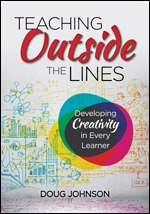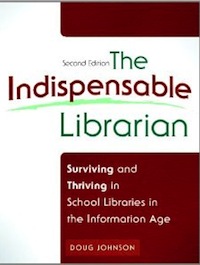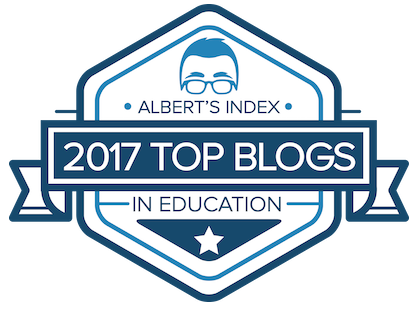Advice to vendors
 Thursday, May 11, 2006 at 08:57AM
Thursday, May 11, 2006 at 08:57AM A small task force from our district spent yesterday afternoon reviewing five different interactive white board (IWB) products. Our task is to recommend a "standard" product that will be installed over the course of the next 5-10 years in all our district's 250+ classrooms. In other words, the folks demonstrating their wares yesterday had much to gain from doing well.
First of all, each vendor came prepared. Each took his/her job seriously. Each had a good product that had one or more unique qualities that may have made it more desirable than the other four. But were I coaching these folks, here is some advice I'd offer.
- Make sure you know your product in and out and that it works. Seems like a "yeah, duh" piece of advice but one vendor definitely had problems, including a software freeze-up that required the computer be rebooted. Every teacher sitting there saw him/herself in front of 30 rowdy kids waiting in the same situation. I am amazed at how often this sort of thing happens in tech demos. This like a psychiatrist who is trying to help a patient overcome his fear of snakes having a cobra poke its head out of his pocket.
- You can't sell a product like this on:
- price alone
- software alone
- hardware alone
- charisma alone
- Don't "over" demo. Each vendor had 45 minutes. One demo'd nearly the whole time, full speed, non stop. I was pretty sure this product would slice tomatoes and squeegee your car if she'd gone on another 15 minutes. While this was great fun to watch, I could see folks try to follow her rapidly tapping fingers dancing intricate sets of steps that looked nearly unmasterable by the average Joe. A slower "look how easy" approach may have convinced more teachers.
- Don't be a smug or sarcastic or superior. Even if your product is great, we may sufficiently dislike you that we'll find reasons to buy another product.
- Find a way to "connect" with the teacher in each of us. Whether sharing a "has it ever happened to you" story or a simple "here's a fun thing to do with your kids" activity, show you've had some classroom experience - assuming you have. If you haven't, share stories or activities from real teachers.
- Be prepared to answer questions about costs - definitively. As long as it is taxpayer money, we will be balancing function and price, getting the most features for the dollar. It makes us mad if you can't be straight forward and immediate about prices.
- Don't even bring up vaporware. How did W put it? Fool me twice shame on you; fool you once shame on me... or something like that. On a related note, if you want me to be a beta site (or first alpha site in the state or in the public schools), you'd better be prepared to make some huge monetary concessions. Otherwise, we will go with the tried and true.
- Bring treats. OK, we don't take bribes and even if we did, a couple doughnuts or a cookie won't sway us. But I'll bet there is a subliminal effect that the gift of food brings to such an event.
Were I a salesman and dependent on commission, I am sure I'd be living on foos stamps. I couldn't sell air to a drowning man. But if I were in sales, I know some things I wouldn't do.
Oh, do we make the same mistakes trying to "sell" new technologies or methods or materials to teachers ourselves???
So what ticks you off and keeps you from buying?








